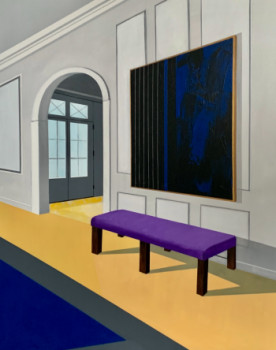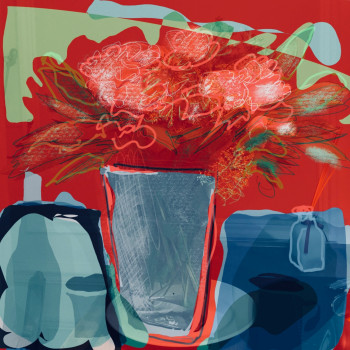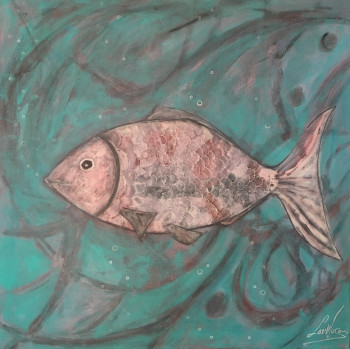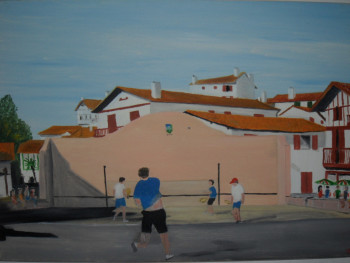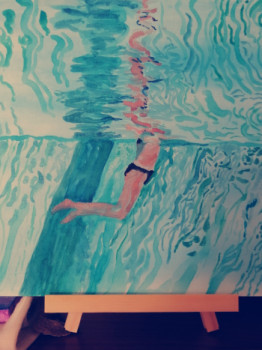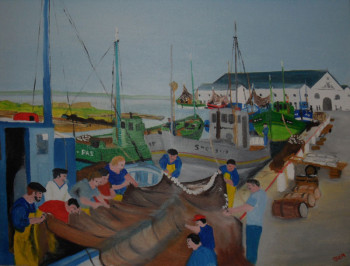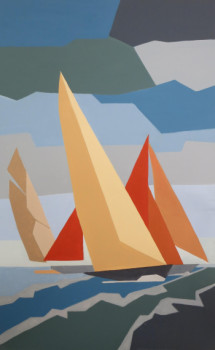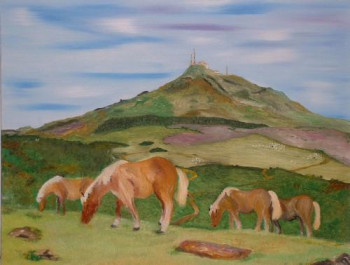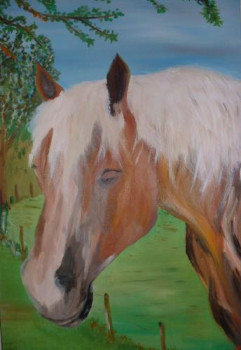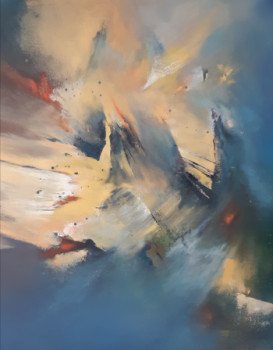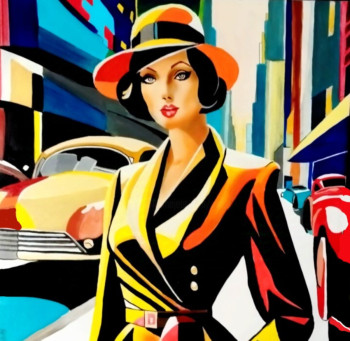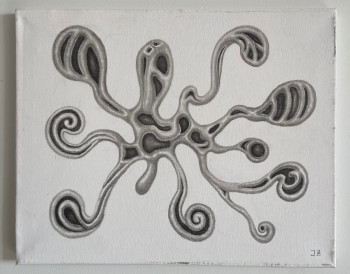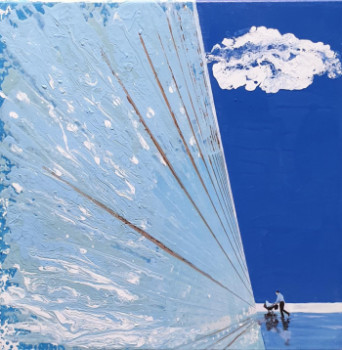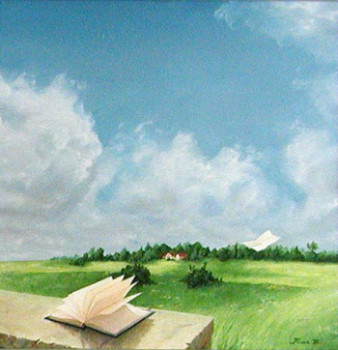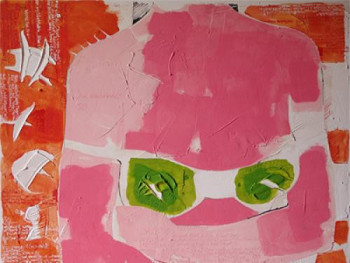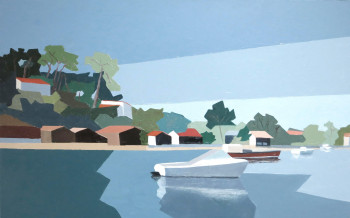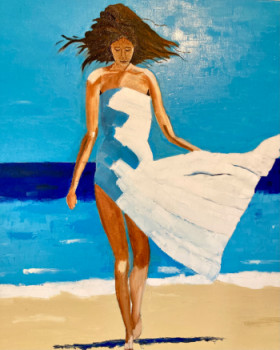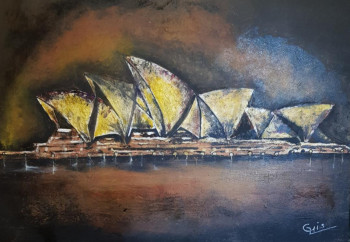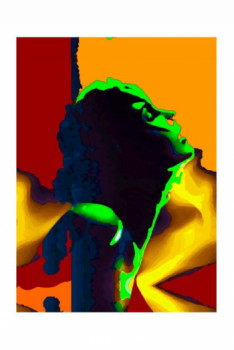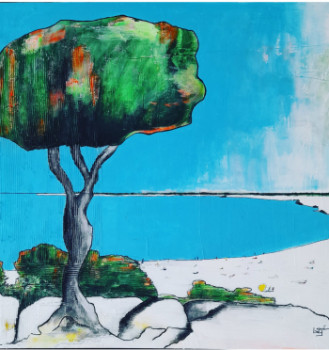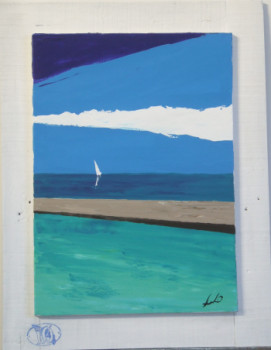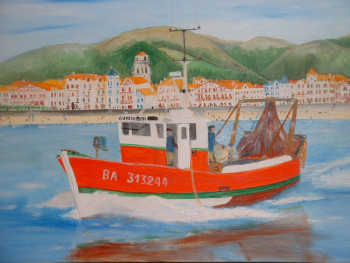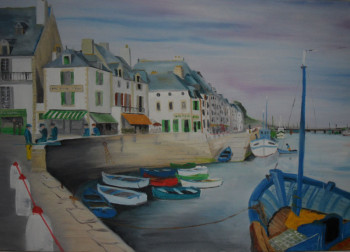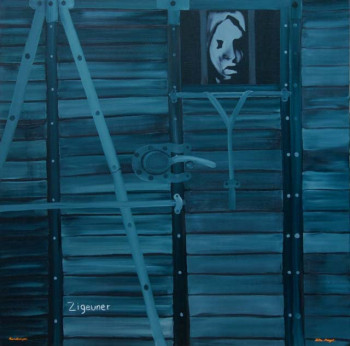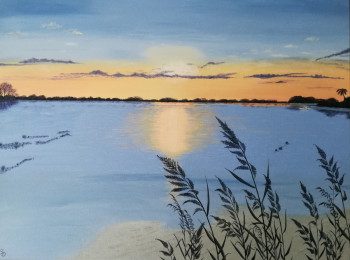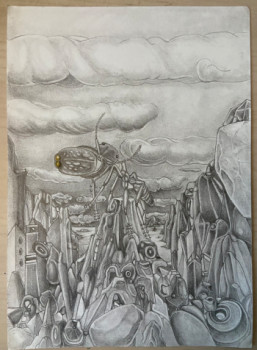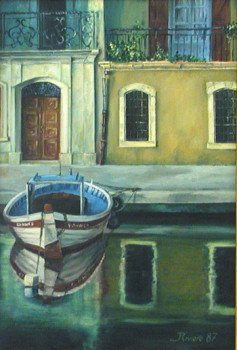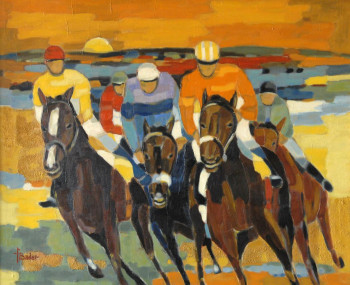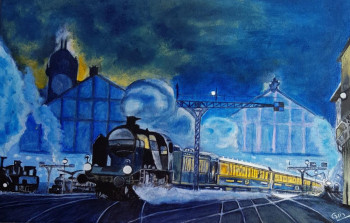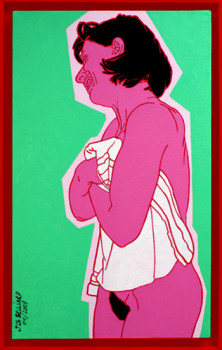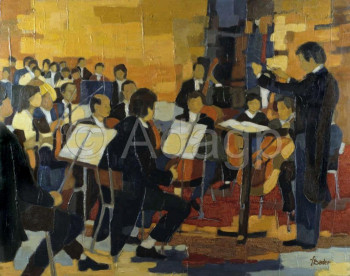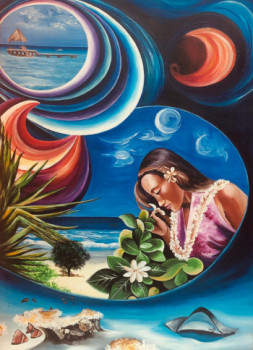
David Hockney: when technology serves Art
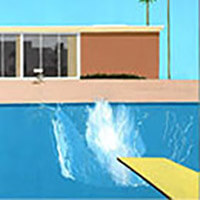
"&The moment you cheat for the sake of beauty, you know you're an artist"David Hockney
David Hockney is a well-known English painter and photographer notably for his Pool Paintings, notably his painting Bigger Splash painted in 1967.
halfway between pop art and hyperrealism, Hockney has produced numerous works since the 1950s, drawing his inspiration from various painters such as that Fra Angelico, Vermeer, Balthus, Matisse , Picasso or even Hopper. In order to renew his painting, this painter does not hesitate to use all available technologies and play with perspective.
In November 2018, his work Portrait of an Artist (Pool with Two Figures) was released in 2018. sold for $90.3 million. It is one of the most cherished works by a living artist.
The school career of this painter
David Hockney was born on July 9, 1937 at Bradford in Yorkshire. He is the fourth of 5 children of Kenneth and Laura Hockney.
Hockney knew very quickly that he wanted to become a painter. He got involved in his school newspaper at the age of eleven, creating his first drawings.
Between 1953 and 1956, he developed his talents as a draftsman. the Bradford School of Art. Three years later, aged At the age of 22, David Hockney joined the Royal College of Art in London. There he will meet Patrick Caulfield, Peter Philips, R.B Kitaj, Allen Jones and Derek Boshier.
During the summer 1960, Hockney is marked; by the Picasso retrospective, presented at the Tate Gallery. He then concludes that all styles must be mastered. He received his diploma in 1962 with a gold medal.
California: between Pop Art and Hyperrealism
In 1964, Hockney swapped his gray England where homosexuality is not yet legal for sunny Los Angeles. When he visited this city for the first time, he immortalized the landscapes as well as the way of life in his paintings made from scratch. acrylic and roller. Between hyperrealism and Pop Art, the Pool Painting series, in addition to illustrating the artificial Californian universe in a frozen world, marks a new shift in his work. This series will make its reputation.
Four years later, this painter devotes himself to painting. create a series of double portraits inspired by his loved ones. These are influenced by the painters that David Hockney admires such as Hopper, Vermeer and Balthus.
A new lease of life for this painter
At the beginning of the 1970s, the painter admitted to finding himself in an artistic impasse and to being in search of new inspirations. In this approach, photography will help him. Remembering Picasso's retrospective, he reinterprets Cubist lessons by creating «joiners», an assemblage of shots taken from various points of view at different angles. using a Polaroid camera.
This painter is looking to freed himself from classical perspective techniques at the beginning of the 1980s. He found an alternative by drawing inspiration from Chinese painting scrolls. Hockney then integrates the «reverse perspective» where the painting seems to converge towards the viewer thanks to the vanishing point located in the behind him. This painter carries out numerous experiments with Polaroid photography, but also faxed images, photocopying, the computer, the iPhone, the iPad and the high resolution camera . Hockney's photographic assemblages, by their number, remain an essential part of his work.
A painter like no other
Known for immortalizing Inspiring the hedonistic spirit as well as the climate and activities of Los Angeles in his paintings, David Hockney is a major painter of the 20th century standing on the fringes of the main currents of his time. He also specified that "I am an artist who does not fit into any category; the art world never quite knows where to place me". Armed With a colorful palette, this figurative artist turns his back on conceptualism, overturning the codes of classical perspective. He gets down to business. dealing with themes abandoned by the artists of his generation to whom he brings a touch of modernity like his various landscape paintings.
Hockney draws his inspiration from his stories and his emotions to deliver intimate and profound paintings. This painter uses his paintings to bring us into his world. He paints his parents, his friends, the landscapes of his childhood, his failures. For his deceased loved ones, he uses empty chairs to symbolize their losses.
Portrait of an artist (Pool with two figures) - 1972
In one of his best-known paintings, Portrait of an artist (Pool with two figures), which he painted in 1972, evokes failure of his romantic idyll with one of his students who became his muse, Peter Schlesinger, with whom he remained. 5 years.
This painting brings together two of this painter's favorite themes. namely the double portrait as well as the swimming pool.
We see a character in white trunks swimming at the bottom of a swimming pool watched as by a man, Peter Schlesinger, dressed and standing. The scene takes place in the south of France. The foreground is simplified, the background reveals a view of wooded hills revealing a green landscape.
An artist 2.0
Despite his predilection for figurative painting, this lover of pictorial art does not hesitate to use modern technology to create something unique. His «joiners» give him the possibility of alter perspective by disrupting pre-established codes and creating a multifocal vision. In his work, Pearblossom Highway, created in 1986, Hockney exposes a crossroads in a large open space. This work allows viewers to see the road in different ways. On the side straight, you see the road according to the driver's vision with the different road signs which follow one another.
On the left side you see what the passenger might see. A successive succession of landscapes.
The painter emphasizes that this work is his «panoramic response to perspective oriented towards a single point» in which the eye cannot attach itself to a single focal point.
Découvrez quelques oeuvres inspirées de Hockney
